Nattoh Making Vegan 手作り納豆 [Recipes, All Seasons 1年通]
日本語のレシピは ビーガン情報サイト”Hachidory" で ご覧ください。
Not too hot, not too cold, I relish the moment whenever I get out of futon in the morning these days.
I know it will not last long, and the cold winter is waiting not too far away from me.
Don't be too pessimistic !
A very short but beautiful red and yellow leaves season is around the corner !!
There is a small lake sorrounded by lots of sakura and maple trees near my home. This lake, which has been lonesome since sakura season ended in spring, is soon going to be transformed into a fascinating spot!
It is also the season of kaki/persimmon, shinmai/newly harvested young rice and satoimo/Japanese taro.
There's one more thing which is one of my most favorites.
That is edamame/green soy beans.
Usually edamame is the vegetable of the summer, but the one from local variety seeds start growing later than the normal ones.
So I can still enjoy this local edamame.
How lucky I am to live in this town !
The recipe I am sharing with you today is of soy beans.
But not of fresh ones, but of dried ones.
The soy beans are essential in Japanese diet.
I wrote about it in my past blog, so visit here if you want to konw about it.
Today's recipe is "natto/ fermented soy beans".
Nattoh is easily available at any supermarkets in Japan.
There are so many varieties from different makers, and I am sure you were at a loss to decide which one to try if you have been to the natto section of the supermakets.
Natto is the fermented soy beans and is very healthy Japanese superfood.
It is full of good bacteria and is easy to digest.
The study shows it has many health benefits such as enhancing digestive system and cardiovascular system, and promoting the bone health.
I love natto since my childhood and eat it almost everyday.
But I know it is not loved by anyone as it has so unique looks, texture, strong smell and taste.
Some people say its taste is similar to the rotton cheese.
So I'm sure if you like the rotton cheese, you would love natto.
I think it is either "love" or "hate".
If you love it, you are lucky, cause it is highly nutritious.
But don't worry, if you belong to the latter one, it is probably something that is not beneficial for you.
Each person was born with different charactor, different taste, different face and different constitution.
Nothing can be good for every one even though there are many studies that seem to have been proven this is good for this and that, and that is not good for this and that.
I think what your palate tells you is not wrong.
When one finds the taste is awful, I think it is not beneficial for that person.
If the taste is acceptable, may be it is worthy to try it.
(But don't go to the junk food even if your palate enjoys its taste. This story is limited to the natural wholesome food.)
O.K. Now I go to the recipe of natto making, natural method natto making.
I am not using powder natto bacteria nor fresh natto as a starter.
The very natural natto is made from soy beans and rice straw.
It is easy to make as long as you can get rice straw and have an eqipment that can make 40℃ environment such as oven, yogurt maker or even a styrofoam box.
If you are curious, go to the next page and see how I make natto from scrach.
But if you are not into it, and just want to try purchasing it from the shop and eat, see how I eat natto first.
I'm sure you would be tempted to eat it when you see the photos below.
The combination of curry and natto is perfect !
Stuffued in fried tofu pouch, and then grilled till golden brown.
Enjoy crispness and stickyness of soy beans at a time !
Dip in soy sauce with hot mustard.
Simply eat with grated radish, pickled red shiso leaves,
spring onion and plum vinegar
Another simple natto. topped with okara/soy pulp,
chopped leek and young ginger marinated in plum vinegar.
Dipped in rice flour and water mixture, and then pan fried.
Rice topped with tofu, natto and nori sea vegetable.
Sprinkle the toasted and grinded sesame,
and soy sauce before eating.
I want to name this "Protein don".
Don't forget to add a vegetable side dish.
My daily breakfast. I prefer "hikiwari natto" to normal one.
In its making proess, soy beans are roasted,
and then cracked before soaking in the water.
Cracked beans are coated with more natto bacteria,
so they are more easily digested.
I like both texture and taste.
Wrap with nori sea vegetable using chopsticks,
and pop into your mouth.
You can't really chew well as the mixture is slimy,
but don't worry, natto has poweful enzyme to break down
the protein and carbo in your gut.
You feel like eating natto now ? or feel like making it by yourself ?
Go to the next page for the recipe.
Natto / fermented soybeans
Ingredients
100g soybeans
10g rice straw
Equipment to prepare
1. Steamer
2. Heat resistant container to put soy beans ( glass jar recommended.)
3. Environment to keep 40℃ e.g. yogurt maker, oven that can keep this temperature, styrofoam box with a container to keep hot water in it.
Method
1. Wash, and soak the soy beans in the water for 8 (summer ) to 24(winter) hours.
2. Drain, and steam in the steamer for one hour until beans are soft.
You can shorten the time to 20 minutes if you have a pressure cooker.
3. Meantime, disinfect the rice straw and the container by boiling them in hot water for a few minutes.
4. Place the straw in the container.
5. Tranfer the soybeans into the container.
6. Cover the container with a tea towel and place it in the environment of 40℃.
7. Leave it there for 24 hours. You need to check the temperature once a while to make sure that it is maintained 40℃.
This is 24 hours later.
Successful !
Even for natto lovers, the initial smell is not something pleasnat, so keep it in the fridge for two days to let it mature before eating.
Notes
* I found the success depends on the temperature and the supression of unwanted bacteria. I use the oven which can go as low as 35℃. However even if I set the temperature to 40℃, actual tempreture sometimes goes even up to 48℃ when time passes, then I re-set to 35℃. If I forget to check later, it goes down to 35℃. So I need to control the temperature on and off. When it is controlled well and maintained 40℃ most of the time, the result is most satisfactory. However even the result is very stringy, these strings could disappear next day or two days later. I attribute this to the unwanted bacteria reside together with natto bacteria which likes to eat these strings. So it is important to disinfect the container and the rice straw before starting fermentation.
* No matter if I can maintain 40℃ all through 24 hours or not, I found I can not get the satisfactory result during summer. I do not know why, but natto seems to need cold environment too. After all it was the food for winter in Japan. It is written in the history of natto that it was a natural creation by chance - the cooked soy beans misplaced near the stove in the winter develped into natto on the next day.
* Natto can be more easily made and can be more stable, if you make it with powdered natto bacteria or fresh natto as a starter.
However some of those natto and natto bacteria that are easily available from the shops may contain animal products which is used during cultivation. So you need to make sure that the bacteria you are going to purchase is free from animal products if you are a strict vegan.
Happy Cooking !
_00001_01-6e6d4.jpg)
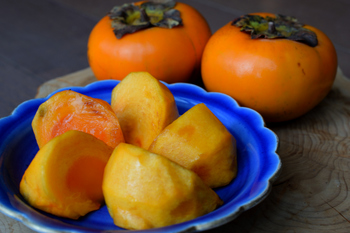
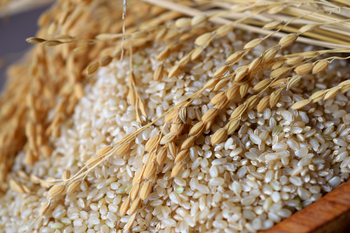
_00001-a06ee.jpg)
_00001_01-2dc61.jpg)
_00001-fe973.jpg)
_00001_01-cea9e.jpg)
_00001_01.jpg)
_00001-6aab0.jpg)
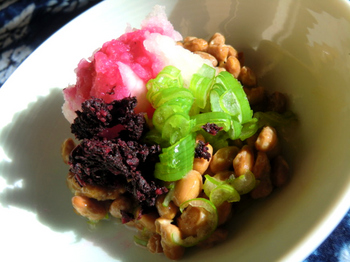
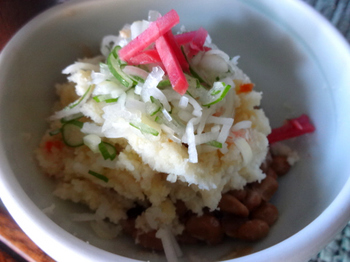
_00001_01-c9625.jpg)
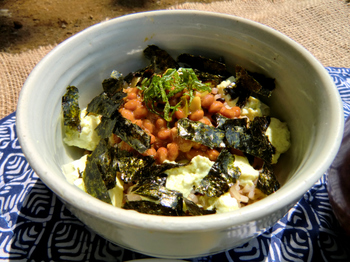
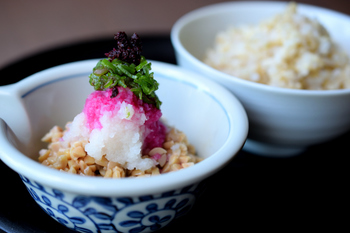
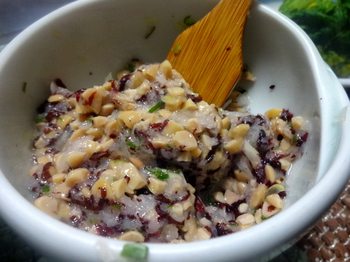


_00001_01-6cbf5.jpg)
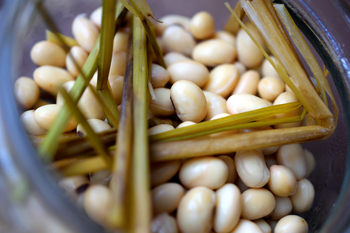
_00001_01-2e7e8.jpg)





コメント 0